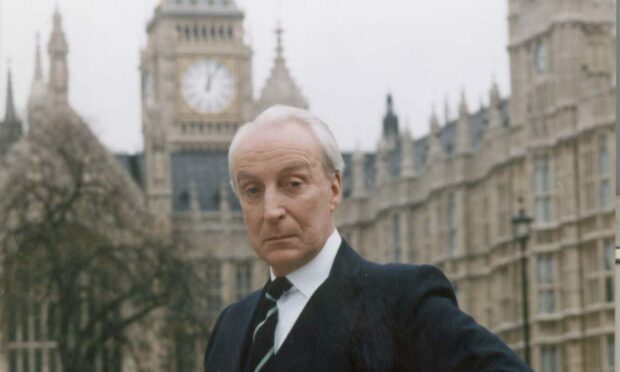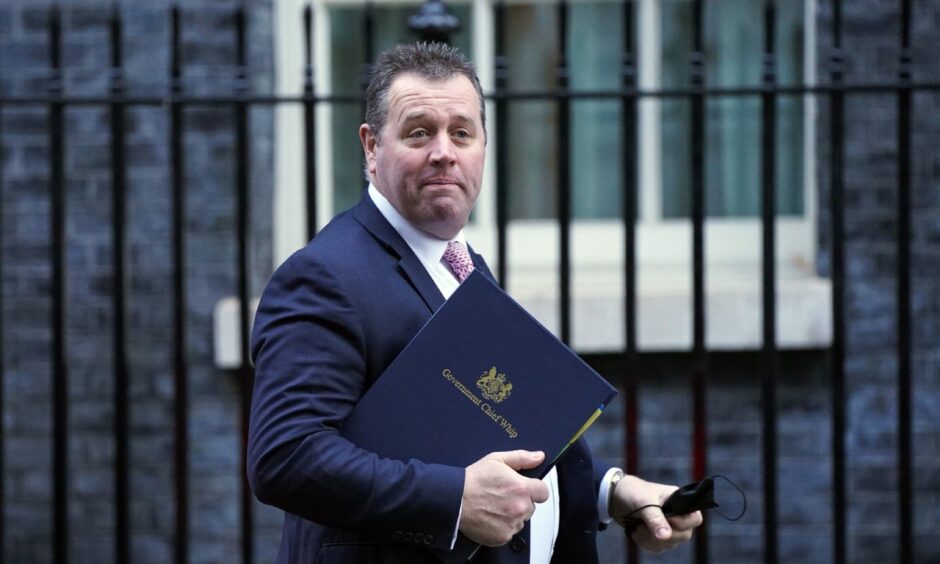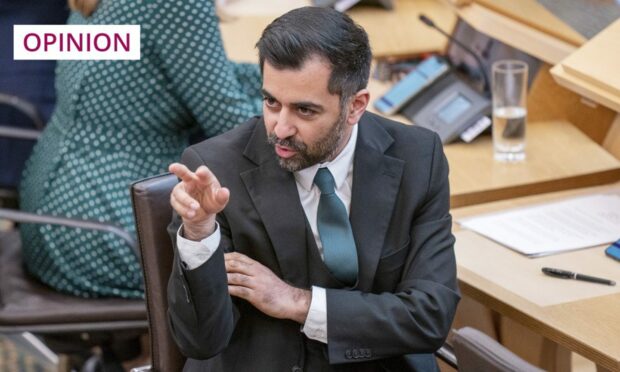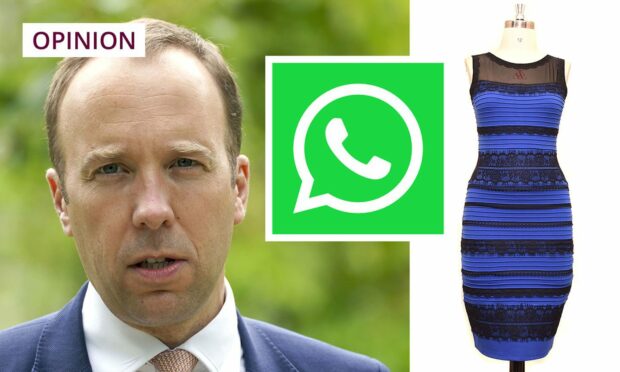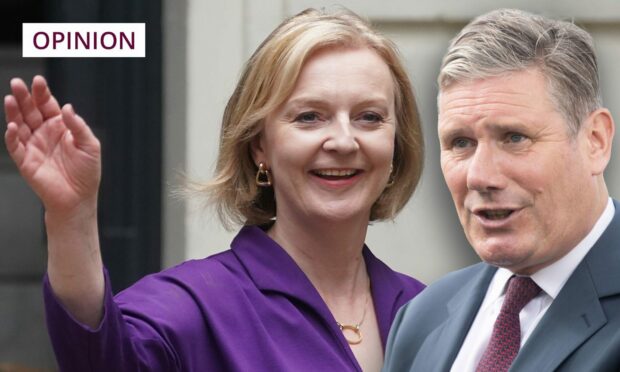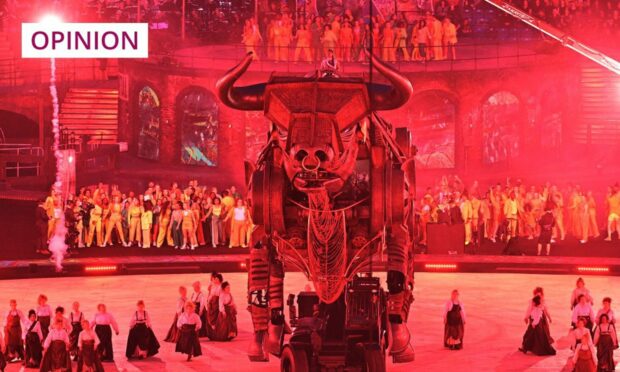Whipping in Westminster has long held a slightly glamorous and exotic reputation.
Maybe it’s the name, which derives from an old hunting term to keep the dogs in order but which hints at the sort of kinky practices John Major’s MPs were famous for.
Maybe it’s the fact it is carried out behind the scenes, shrouded in silence and secrecy. Those appointed whips in the government traditionally don’t ask questions on the floor of the House or join in high-profile debates.
Maybe it’s because of House of Cards. Ian Richardson’s portrayal turned Francis Urquhart into an antihero that many politicians still aspire to emulate.
Whatever the reason it’s strange, because whipping is fairly mundane. It involves making sure your people are in the right place at the right time and voting for the right thing.
It’s fundamental to good government. But, particularly with an 80-seat majority, it ought not to be too taxing.
A problem with this government is having wrong people in the wrong jobs
So it’s quite the feat for this administration to get bogged down on the issue of whipping.
And the reason it has is fairly fundamental too.
The people charged with doing it are rubbish. For organisation and intelligence you’d be as well looking to a troop of baboons.
That speaks to a wider problem with this government – the wrong people in the wrong jobs.
When I was speaking to a heavyweight Tory at the start of the year about Boris Johnson’s woes he pointed not to partygate, policy or even the personnel surrounding the PM as the thing that’ll bring down this administration. He zeroed in on the whips operation.
The four main whips are Mark Spencer, Marcus Jones, James Morris and Stuart Andrew.
All names that sound like they’ve been picked at random for characters in a play about a Rotary meeting. Set in the days before Rotary admitted women of course.
As you go further down the list of whips you find a remarkable collection of oddballs.
Collection of oddballs
David TC Davies once claimed he couldn’t be bigoted because he had battered, during an organised bout, a gay boxer called The Pink Pounder.
Scott Mann is an ex-postman from Cornwall. I think David Cameron mentioned Mann every time I spoke to him during his time in Number 10, and always with a sense of wonder and surprise that a postman was standing for the Tories.
It was as if his posh upbringing at Eton and Oxford had stopped Cameron from ever coming into contact with a postie before such that he’d assumed they were mythical. He’d have expressed the same reaction if you told him Ruth Davidson’s press secretary was a centaur.
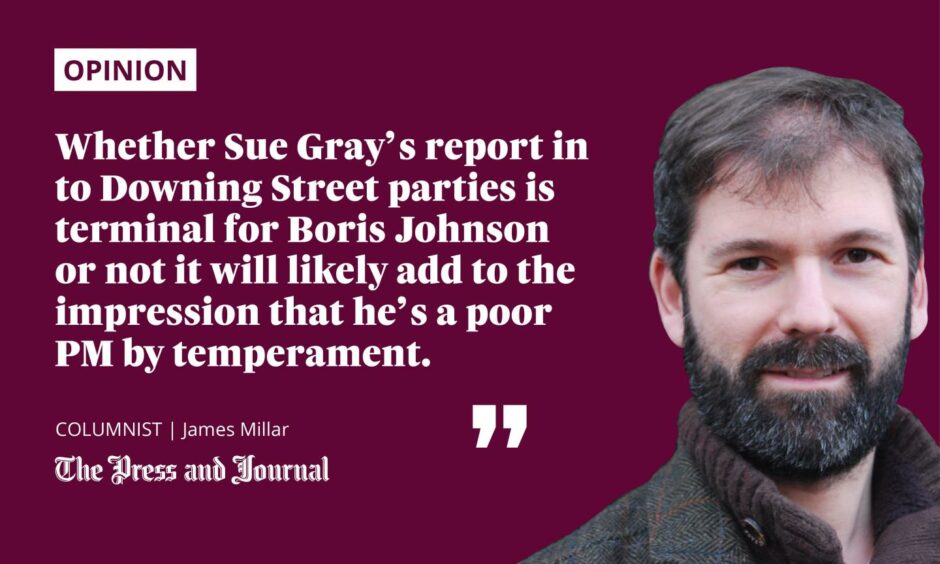
Andrea Jenkyns often gives the impression she didn’t pay close attention in school. A suspicion confirmed when she gave herself whiplash swinging on a chair during a meeting.
More pertinently for her whipping duties she was vocal in her desire to dump Theresa May as Tory leader and PM while a backbencher. She can hardly seek to convince a colleague that rebelling will harm their career when she’s living proof of the opposite.
And appointing the likes of Jenkyns as a whip suggests Boris Johnson has such a low opinion of his MPs that he believes they can’t work that out for themselves.
But then it’s increasingly clear that Boris Johnson is the most high-profile embodiment of the government’s fundamental problem of appointing the wrong people to the wrong jobs.
Boris Johnson projected own personality flaws on to nation
Whether Sue Gray’s report in to Downing Street parties is terminal for Boris Johnson or not it will likely add to the impression that he’s a poor PM by temperament.
Remember two years ago when Johnson insisted lockdown was best delayed because folk have limited patience with restrictions? We now know that dither cost lives.
And while almost everyone else obeyed the rules (and continues to do so) knowing they amount to an act of love to protect our fellow citizens, it was Boris Johnson who couldn’t see beyond his own personality flaws of inattention and impatience and projected them on to the entire population.
The Tory grandee I mentioned earlier predicted Boris Johnson is in his last months in Downing Street. He declined to predict exactly which of the PM’s many problems will be the one to bring him down. But the whips operation is the one to watch – it illustrates poor party management, inattention to detail and a preponderance for surrounding himself with buffoons.
That’s a combination that cannot hold.
James Millar is a political commentator, author and a former Westminster correspondent for The Sunday Post
